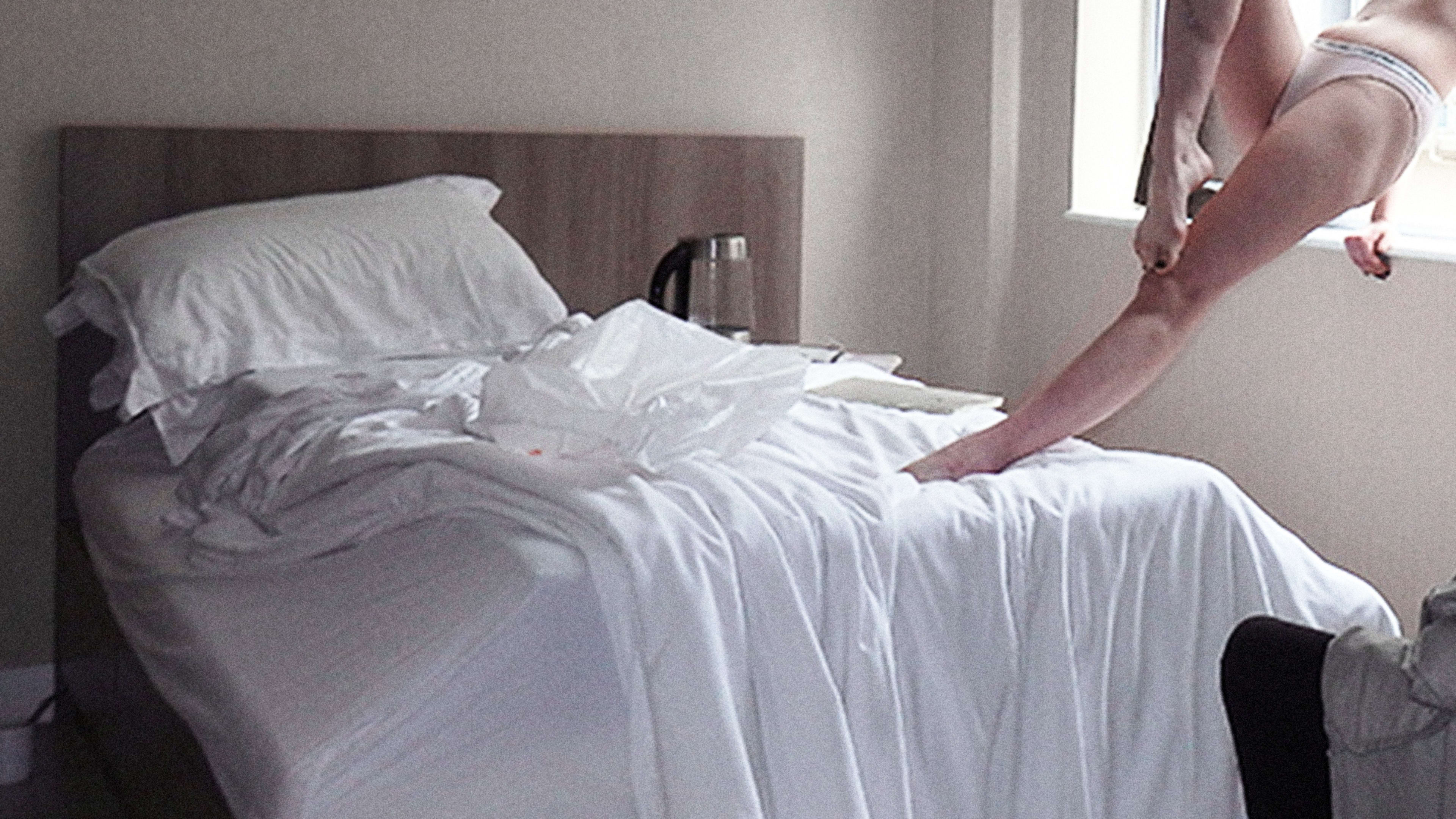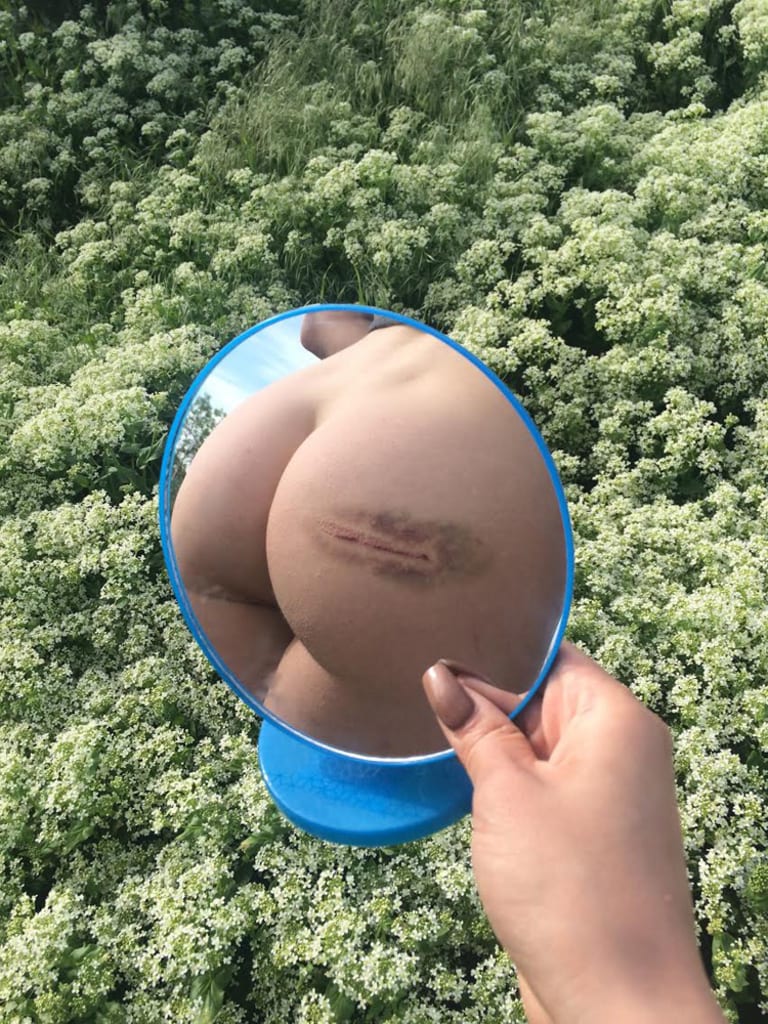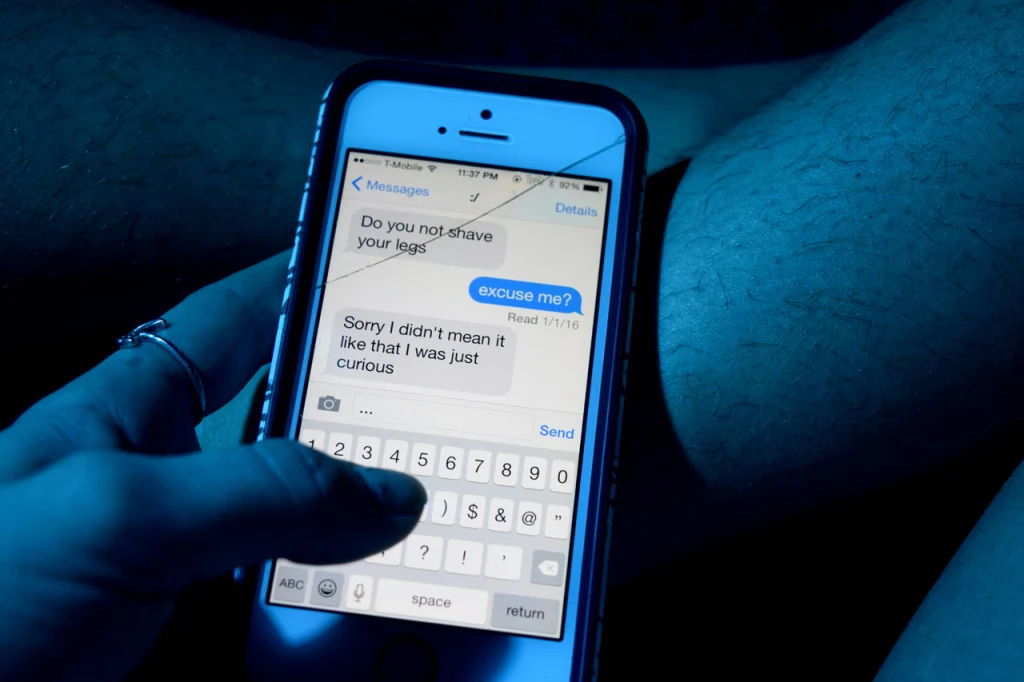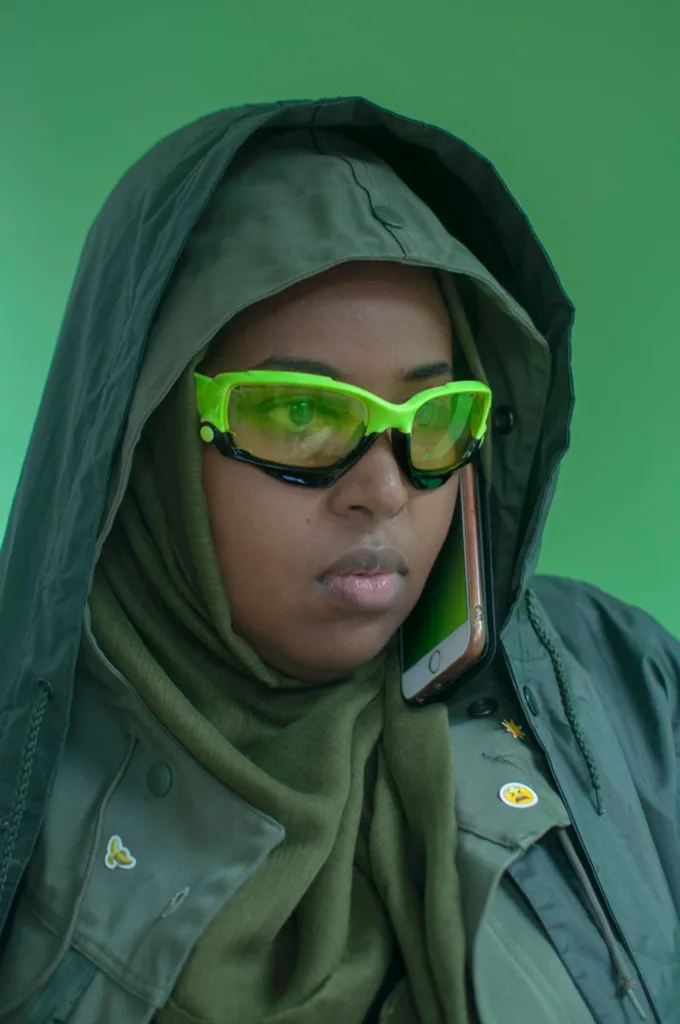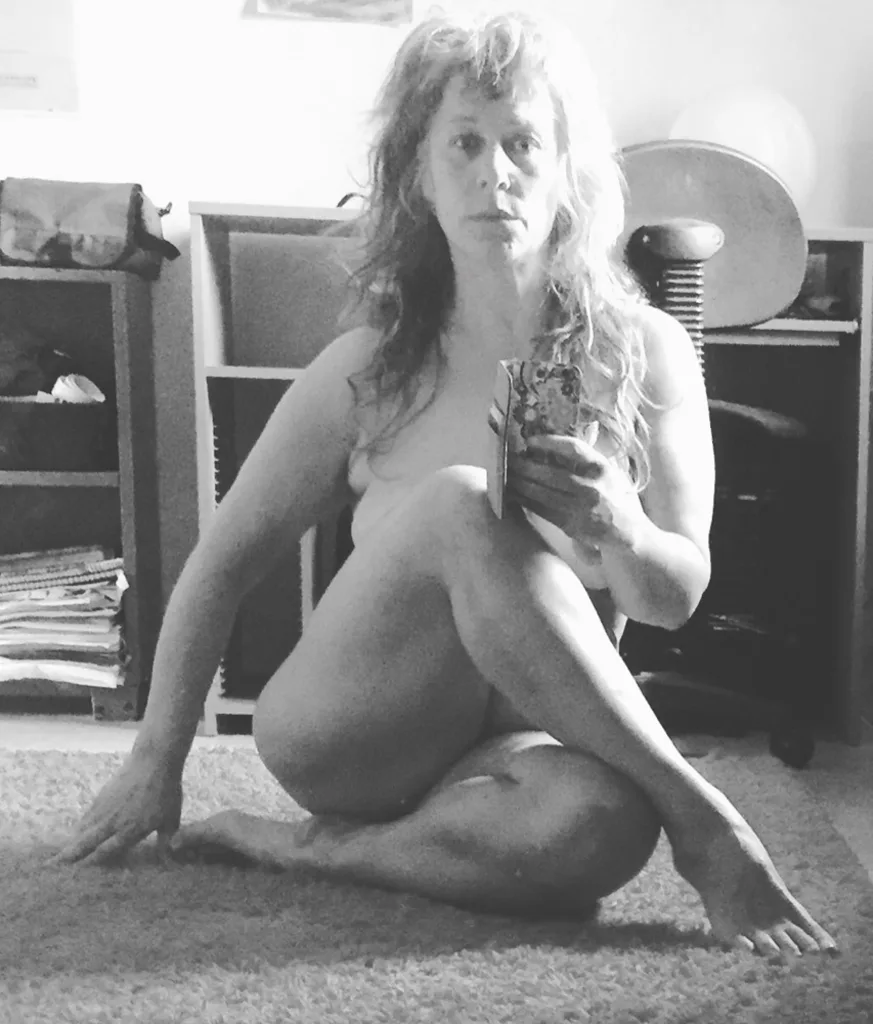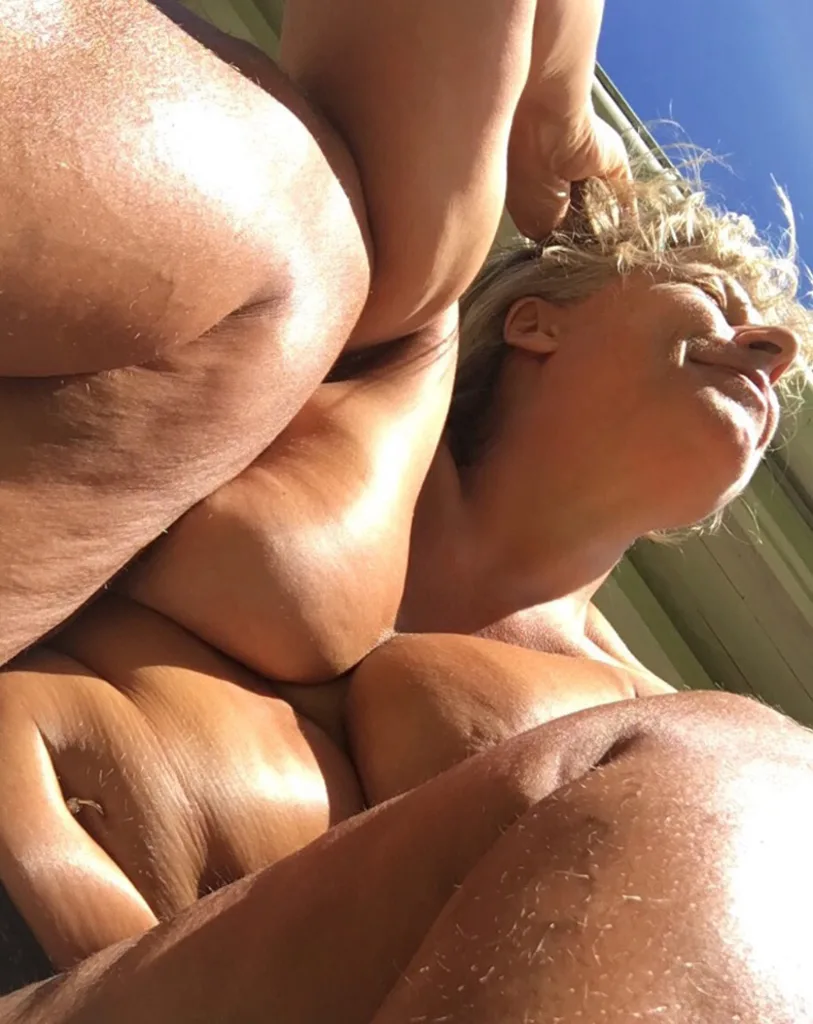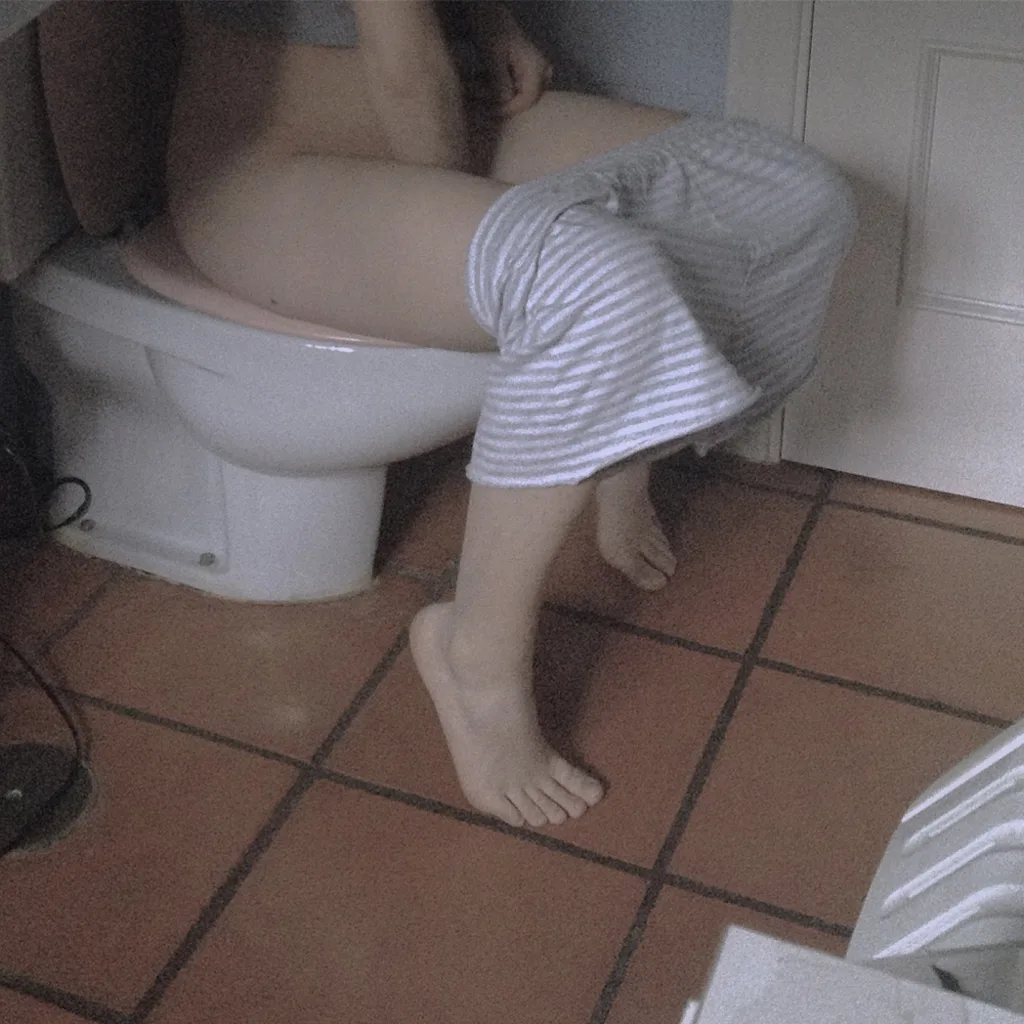Instagram isn’t all puppies and food porn. Shots of period blood, pubic hair, and bodies that don’t fit a heteronormative ideal: These are some of the images Instagram doesn’t want you to see.
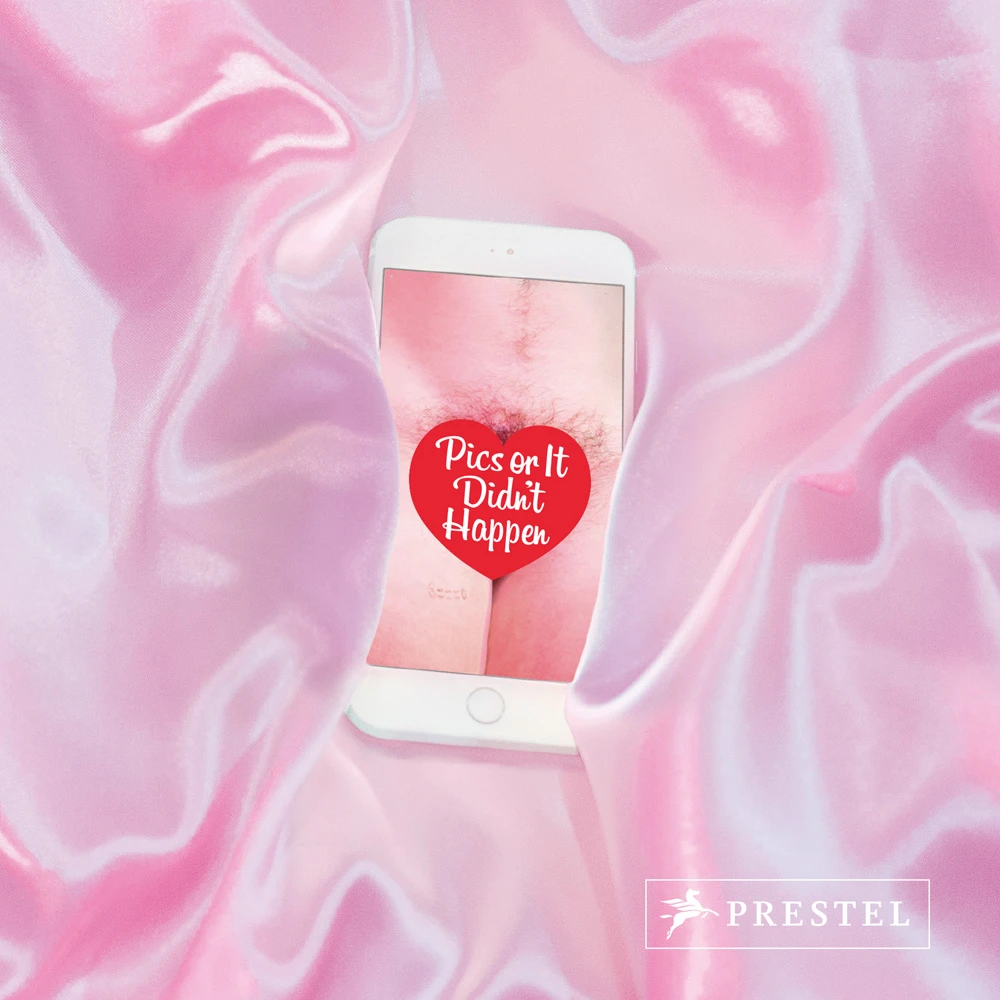
For the digital artist and internet personality Molly Soda, finding that an Instagram post has been removed for violating the company’s Community Guidelines is an abrupt reminder that the company has total control over her content. She’s had posts featuring menstrual blood, nipples, and pubic hair taken down. And in her community of digital artists and Tumblr-famous folk, having photos taken down happens all the time–so much so that Soda and the artist Arvida Byström decided to create a memorial for the banned photos of Instagram.
Their project, ironically, comes in the form of a physical book called Pics or It Didn’t Happen–an apt reference to the mantra for the age of Instagram, where social media posts become a proxy for real life. But the book inverts this perception of Instagram. It’s filled with approximately 250 photos that were banned from the platform, many of which are NSFW, and far closer to lived reality. Even if there are elements of nudity in some of the images, they’re not necessarily sexual–but that didn’t prevent content moderators from taking them down.
“I think bodies that look like female bodies are always going to be seen as sexual no matter what, no matter what the intent of the person,” Soda says. “I think that we can’t really ignore that it is pretty gendered.”
To create the book, Soda and Byström reached out to people whom they knew had photos deleted, then opened up the call to their respective social media followings. They ended up receiving thousands of submissions. Soda says that while they wanted to present an honest picture of what kinds of images are banned from Instagram, they also tried to choose aesthetically pleasing photos that would make viewers question why it was taken down in the first place.
Some of the photos that are particularly confusing to this end include one of Soda’s own, showing a shot of pubic hair coming out of her underwear with a cartoon-like penis drawing on her leg. Another is a portrait of a dark-skinned woman wearing a green hijab, two green hooded jackets, and goggle-like neon glasses, holding an iPhone to her cheek. Another seems even more innocuous: It’s a photo mostly of a smartphone screen that shows a text conversation about a woman refusing to shave her legs, with her hairy legs in the backdrop. Transgressive? Maybe. Worthy of being banned from Instagram? It’s hard to say why.
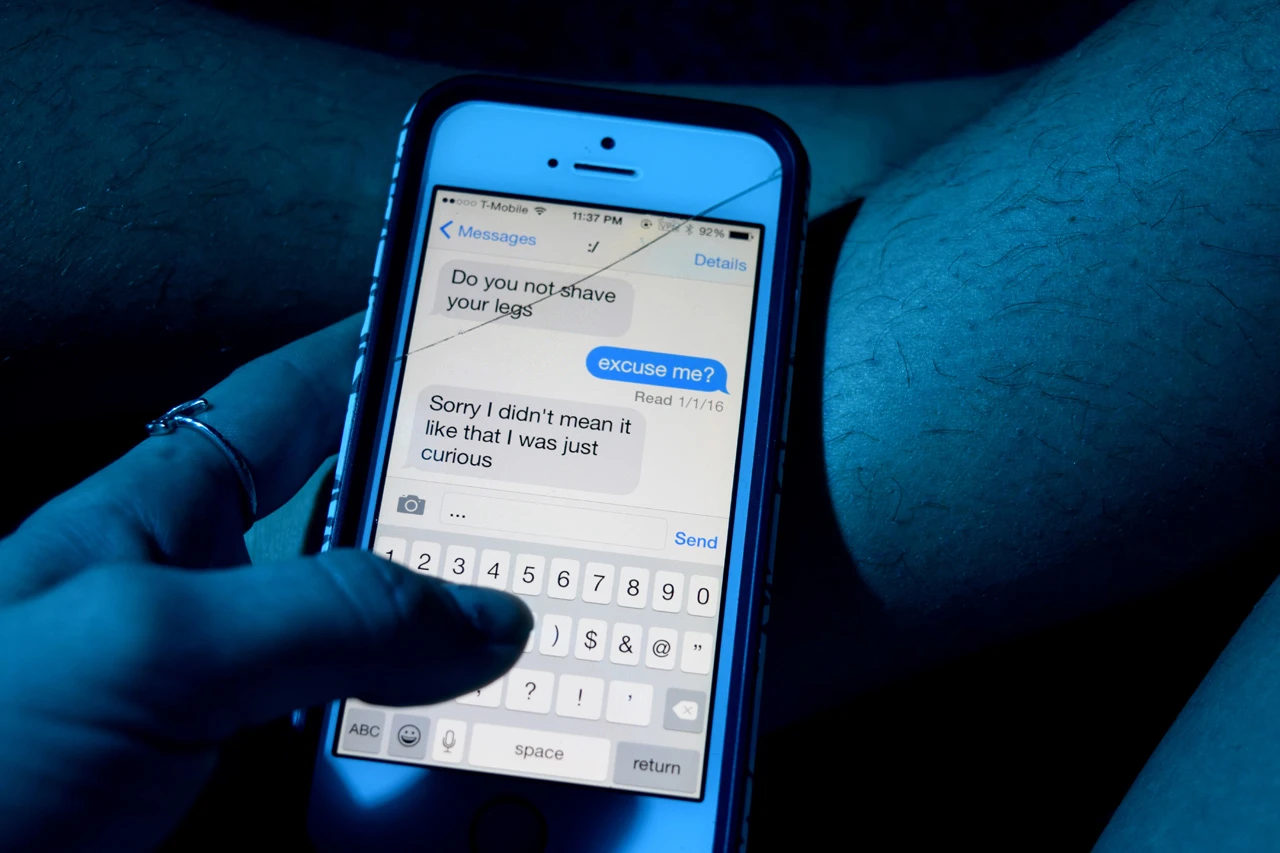
“My secret favorite is this one of this person that is looking in the mirror, and they’re lifting up their skirt, and you can see they’re wearing these big granny panties,” Soda says. “It’s funny that we’re reading them as wrong or bad.”
During the course of the project, which began in fall of 2015, Soda and Byström also learned more about Instagram’s community guidelines. “I think people operate under the assumption that it’s a robot or algorithm, but it’s actual people removing your images. It’s content moderators,” Soda says. “They’re looking at images all day. This isn’t the worst of what they’re looking at. They’re looking at beheadings and child pornography and cleaning it up and making sure we don’t see it.”
The archival elements of the project also fit more broadly into Soda’s work. She considers herself an internet collector and says she screenshots everything so it can one day be turned into future work; one of her artworks is a 10-hour video of her reading through her inbox on Tumblr. She has a solo show in Los Angeles in April where she’s creating an installation based on her early days on the internet, what she calls a “digital memorial or graveyard, IRL.”
The project also gestures to broader questions in the current political moment about the role of networks like Instagram (and particularly, its parent company Facebook) in censorship, free speech, and who has the right to say (or post) what.
“The internet is so fluid and changing all the time, and I don’t think we think about how it shapes our memory, and how things can disappear,” Soda says. “You could wake up tomorrow and your account could be deleted.”
Recognize your brand’s excellence by applying to this year’s Brands That Matter Awards before the early-rate deadline, May 3.
